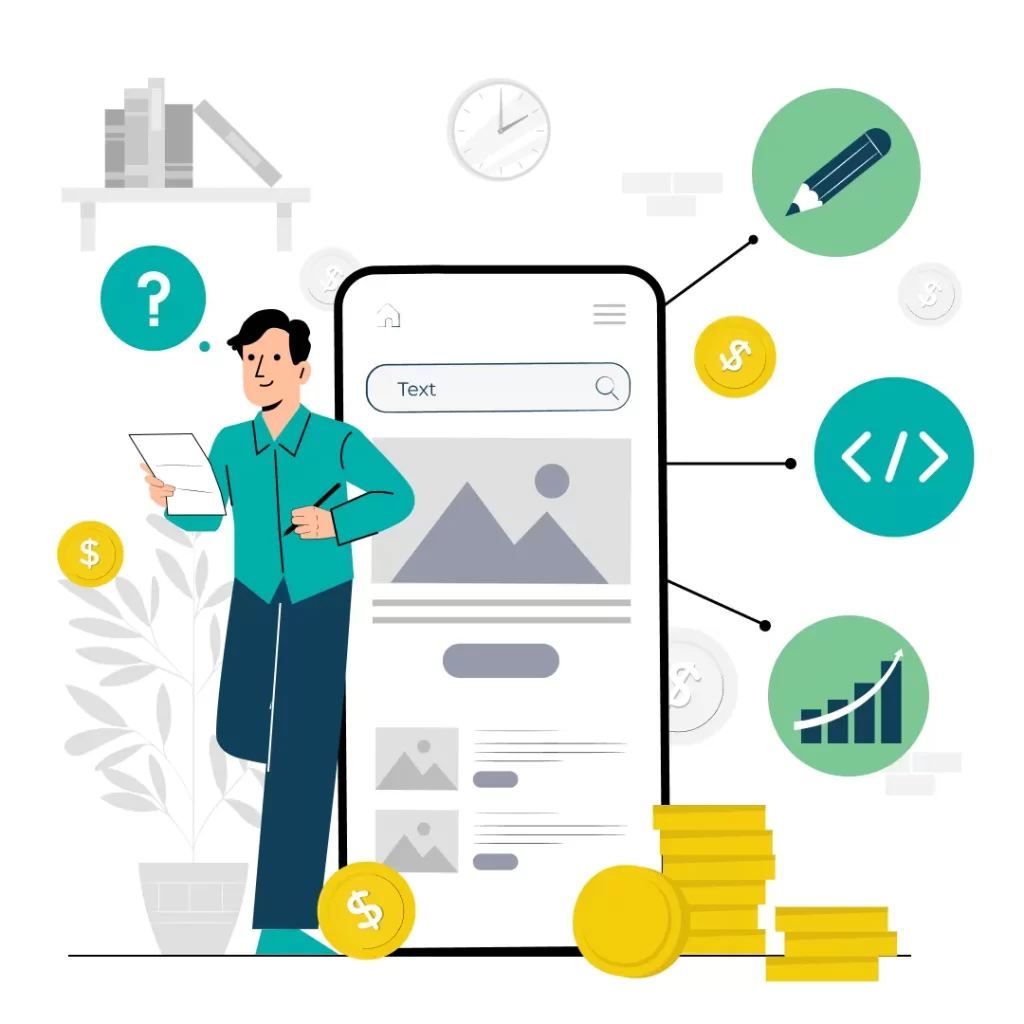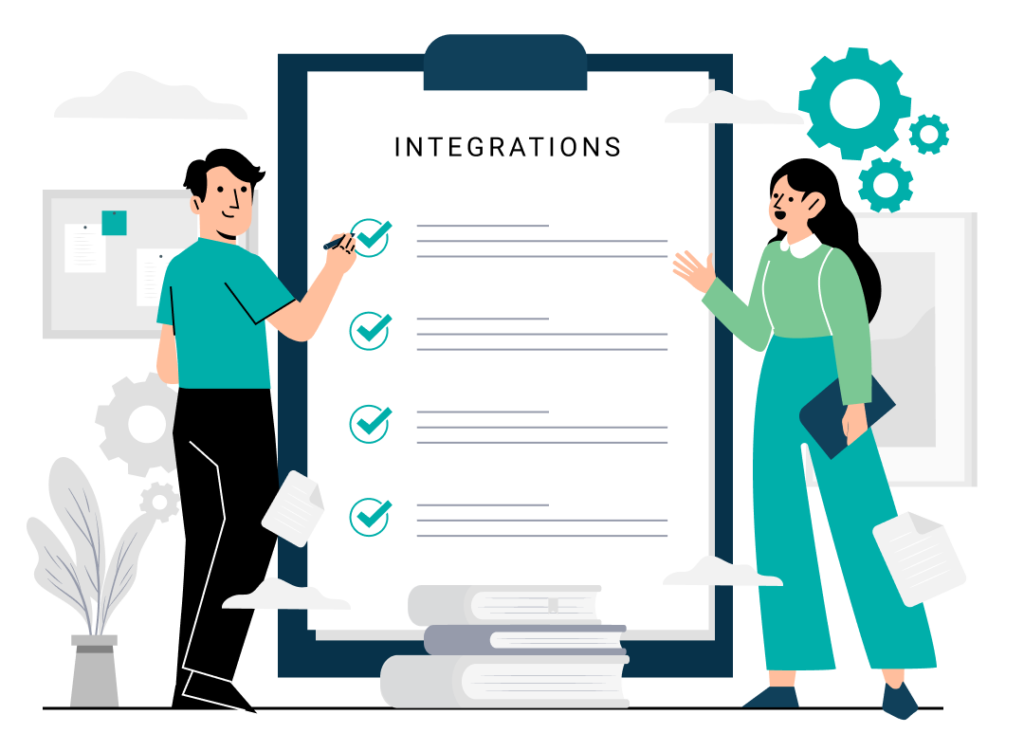Working in teams is hard. Distributed engineering teams face a particular challenge: cognitive burden from scattered knowledge and poor information discoverability. As teams scale beyond 50 people across multiple time zones, developers spend increasing amounts of mental energy searching for context, understanding decisions, and recreating knowledge that already exists somewhere in the organisation.
Knowledge management systems offer a strategic solution, not just as documentation platforms, but as cognitive load reduction infrastructure that enables teams to externalise institutional knowledge and make it instantly accessible. This approach is a critical component of how engineering teams transcend cognitive limitations through strategic platform thinking, where knowledge systems serve as force multipliers for team effectiveness.
When your senior engineer in Sydney leaves for the day, your team in London should be able to pick up exactly where they left off without playing detective through Slack threads and scattered Google Docs.
This guide explores practical implementation strategies for building knowledge management systems that integrate seamlessly with development workflows, optimise for discoverability, and create self-service access to critical information.
What is a knowledge management system and how does it reduce cognitive burden for engineering teams?
A knowledge management system is organisational infrastructure that captures, organises, and makes technical knowledge discoverable through search, automation, and integration with development workflows. It reduces cognitive burden by externalising institutional memory, eliminating repeated mental effort to locate information, and providing context-aware access to relevant documentation during development tasks.
Think of it this way: instead of your developers spending 15 minutes hunting through Slack for that architecture decision made three months ago, your knowledge management system surfaces it automatically when they’re working on related code. That’s 15 minutes saved per search, multiplied across dozens of searches per week, per developer.
Unlike traditional documentation platforms that merely store information, knowledge management systems actively reduce the mental effort required to find and utilise knowledge. For example, when a developer opens a file in their IDE, the system might automatically display relevant documentation, recent decisions affecting that code, and links to related systems – all without the developer needing to ask for it.
How do knowledge management systems specifically help distributed engineering teams?
Knowledge management systems address distributed team challenges through asynchronous knowledge sharing, cross-timezone collaboration patterns, and self-service information access. They eliminate communication bottlenecks by providing searchable context for decisions, enable effective handoffs between time zones, and reduce dependency on specific team members for institutional knowledge access.
Here’s a practical example: your team in San Francisco finishes implementing a new authentication system at 6 PM. Instead of waiting for your London team to wake up and ask questions, they document their decisions, challenges, and solutions directly in the knowledge management system. When the London team starts their day, they have complete context and can immediately begin the next phase of work.
The bus factor – the risk that critical knowledge disappears when key people leave – becomes particularly dangerous in remote teams. Knowledge management systems mitigate this risk by systematically capturing and distributing expertise across the entire team, regardless of physical location or time zone.
What are the key components of an effective engineering knowledge management system?
Effective engineering knowledge management requires four core components: automated knowledge capture from development workflows, sophisticated search optimisation with technical context, information architecture designed for developer mental models, and seamless integration with existing development tools and CI/CD pipelines to minimise adoption friction.
Automated Knowledge Capture means your system pulls information from places where decisions already happen. When someone merges a pull request with significant changes, the system automatically captures the reasoning from the PR description and code comments. When your team has an incident post-mortem, the lessons learned flow directly into your searchable knowledge base.
Search Optimisation with Technical Context goes beyond basic text search. Your system understands that when someone searches for “authentication,” they might need information about OAuth implementation, database session management, or front-end token handling. It connects these concepts and surfaces related information even when the exact terms don’t match.
Developer Mental Models matter because engineers think in terms of systems, not documents. Your knowledge base should organise information around how your team actually works – by service, by feature, by technology stack – rather than traditional hierarchical folders that make sense to managers but confuse developers.
Seamless Integration is crucial for adoption. If developers have to leave their IDE and navigate to a separate platform every time they need information, they simply won’t use it. The best knowledge management systems surface information directly in the tools developers already use – IDE plugins, Slack bots, terminal commands. This integration is fundamental to the strategic knowledge management framework that reduces cognitive overhead across your entire engineering organisation.
How do you optimise search functionality in internal engineering documentation?
Search optimisation for engineering documentation requires semantic indexing of technical concepts, contextual search that understands code relationships, advanced filtering by technology stack and project scope, and ranking algorithms that prioritise recently updated and frequently accessed content by similar developer roles and project contexts.
Start with semantic understanding. Your search should recognise that “React hooks,” “functional components,” and “state management” are related concepts, even in different documents. This helps developers find solutions when they’re not sure exactly what they’re looking for.
Implement contextual ranking. A search for “deployment issues” should prioritise recent incident reports over year-old documentation. Content accessed frequently by developers in similar roles should rank higher than rarely-viewed documents.
Add intelligent filtering. Developers should be able to filter by technology stack (Python vs JavaScript), environment (staging vs production), or team ownership (backend vs frontend). This cuts through noise and surfaces relevant information faster.
What are the most effective knowledge capture strategies for engineering teams?
Effective knowledge capture strategies include documentation-driven development practices, automated extraction from code repositories and pull requests, structured decision records integrated with development workflows, and collaborative learning frameworks that scale individual expertise across distributed teams without creating documentation overhead.
The most effective approach combines automated capture with human oversight. Instead of asking developers to maintain separate documentation, capture knowledge where decisions already happen:
Pull Request Integration automatically extracts decision reasoning from PR descriptions and code comments. When someone implements a significant change, their explanation becomes searchable documentation without extra work.
Architecture Decision Records (ADRs) capture the “why” behind technical decisions using lightweight templates integrated into development workflows. Instead of scattered email threads about technology choices, you have structured, searchable records of reasoning and trade-offs.
Incident Response Integration turns post-mortems into searchable knowledge. When your team resolves a production issue, the troubleshooting steps and root cause analysis automatically become documentation for the next time something similar happens.
Code Review Knowledge captures expertise shared during code reviews. Those valuable suggestions and explanations from senior developers become searchable knowledge that helps other team members learn from the same insights.
How do you improve information architecture for engineering knowledge bases?
Engineering knowledge base architecture should mirror developer mental models through topic-based organisation, implement consistent taxonomy management, enable multiple navigation pathways including search-driven discovery, and provide clear content relationships that support both project-specific and technology-specific information access patterns.
Think about how your developers actually look for information. They might start with a specific service (“the user authentication service”), a technology (“how we handle Redis clustering”), or a problem (“why is the checkout flow slow”). Your information architecture should support all these mental pathways.
Topic-Based Organisation groups information around how developers think about systems. Instead of folders like “Documentation” and “Procedures,” organise around “Authentication,” “Payment Processing,” and “Data Pipeline.” This mirrors the mental models your team already uses.
Multiple Navigation Pathways accommodate different discovery patterns. Some developers browse hierarchically through service documentation. Others search directly for specific problems. Still others follow links between related concepts. Your system should support all these approaches.
Clear Content Relationships help developers understand connections between systems. When someone reads about your authentication service, they should easily find related information about session management, user permissions, and security policies. Consistent taxonomy ensures information stays findable as your team grows, particularly when documenting complex architectural patterns for effective documentation that require clear relationships between different system components. This systematic approach to information architecture aligns with broader cognitive limitations approaches that help engineering teams manage complexity through structured thinking frameworks.
What tools should I integrate with our knowledge management system for maximum effectiveness?
Maximum effectiveness requires integration with development IDEs for context-aware documentation access, CI/CD pipelines for automated knowledge updates, communication platforms like Slack for searchable conversation history, and monitoring tools to automatically document system behaviour and incident resolution patterns.
IDE Integration puts knowledge directly where developers work. VS Code extensions can surface relevant documentation when you open a file. JetBrains plugins can show architecture decisions affecting the current codebase. This eliminates the friction of switching between tools to find information.
CI/CD Pipeline Integration automates documentation updates as part of standard deployment workflows. When you deploy a service, your pipeline can automatically update deployment guides with the latest procedures.
Communication Platform Integration makes conversation history searchable and actionable. Slack threads about debugging production issues become searchable incident knowledge.
Monitoring and Observability Integration captures system behaviour automatically. When your monitoring tools detect performance issues, the troubleshooting process becomes documented knowledge.
How do I measure knowledge management effectiveness for engineering teams?
Measure effectiveness through developer experience metrics including time-to-find-information, reduced support tickets for existing knowledge, faster onboarding time for new engineers, and usage analytics showing search success rates, content engagement patterns, and self-service resolution rates for common technical questions.
Time-to-Information Metrics track how quickly developers find answers. Measure the time between when someone starts looking for information and when they find a useful answer. Effective knowledge management should reduce this consistently.
Support Ticket Reduction shows knowledge management impact on team efficiency. Count tickets that could have been resolved through self-service knowledge access. Track how often the same questions get asked repeatedly.
Onboarding Velocity measures how quickly new team members become productive. Track time from hire to first meaningful contribution. Monitor how much senior developer time gets spent answering onboarding questions versus how much new hires can learn independently.
Search Success Analytics reveal whether your knowledge base actually helps developers. Track search completion rates, content engagement time, and whether searches lead to actionable results. Failed searches highlight gaps in your knowledge capture.
FAQ
How do I prevent knowledge loss when senior engineers leave the company?
Implement systematic knowledge retention strategies including structured knowledge transfer sessions, documentation of critical decisions and architectural reasoning, video recordings of complex system explanations, and collaborative learning frameworks that distribute expertise across multiple team members before departures.
Create formal knowledge transfer protocols that include pair programming sessions, architecture decision documentation, and recorded walkthroughs of critical systems. When your senior database expert announces they’re leaving, don’t wait until their last week to start knowledge transfer.
What’s the best approach to migrate existing engineering documentation to a knowledge management system?
Plan migration in phases starting with high-traffic content, implement automated migration tools where possible, establish content governance policies before migration, conduct content audits to eliminate outdated information, and provide training to ensure adoption of new workflows and search patterns.
Begin with a content inventory to identify the most accessed and critical documentation. Start with information that answers frequently asked questions or covers essential processes – the documentation your team actually uses rather than the comprehensive docs that nobody reads.
How can I make our engineering documentation more discoverable and useful for remote teams?
Focus on search optimisation with technical terminology, implement consistent tagging and categorisation, create multiple navigation pathways, integrate with development tools for context-aware access, and establish content maintenance workflows to ensure information stays current and accurate.
Implement semantic search capabilities that understand technical concepts and code relationships. When someone searches for “database slow,” your system should surface content about query optimisation, connection pooling, and performance monitoring.
Confluence vs Notion vs GitBook – which is best for engineering knowledge management?
GitBook excels for developer-focused teams with Git integration, Confluence provides enterprise-grade collaboration features, and Notion offers flexible database capabilities. Choose based on your team’s existing tool ecosystem, technical sophistication, and integration requirements rather than features alone.
Consider your team’s workflow integration needs first. GitBook works well for teams already using Git workflows because documentation updates follow the same pattern as code changes. Confluence integrates naturally with Atlassian tools like Jira if your team already uses those platforms.
How do I integrate knowledge management into our existing development workflows without adding overhead?
Implement automated capture from existing workflows like pull requests and code reviews, integrate documentation tools directly into IDEs, use CI/CD pipelines for content updates, and design workflows that enhance rather than interrupt existing development practices.
Focus on passive capture mechanisms that work within existing tools. Use Git hooks to capture decision information automatically when developers commit significant changes. The commit message and PR description they’re already writing becomes searchable documentation without extra work.
Effective knowledge management represents just one component of a comprehensive engineering effectiveness strategy, where systematic information architecture combines with platform engineering and team organisation patterns to create sustainable developer effectiveness at scale.












